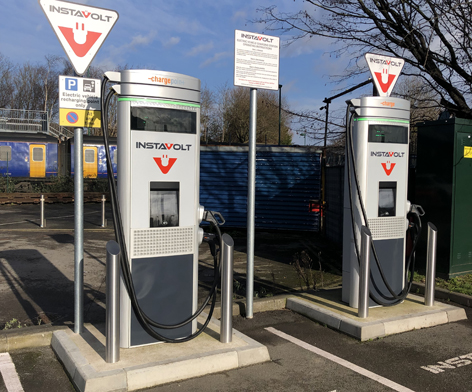Vehicle-to-grid key for EV charging, says F&S
- January 28, 2020
- imc

The next generation of electric vehicle charging technologies is set to be dominated by fast-charging, vehicle-to-home and vehicle-to-grid models, according to market watcher Frost & Sullivan.
Despite requiring huge investments in infrastructure, wireless charging is expected to be the biggest disruptor. Some services will find greater uptake when they are offered as a package with wider grid services such as demand response and load management.
“With pure electricity sales likely to dip due to the rising efficiency of electric vehicle operationally, investors will seek opportunities in grid services,” said Vasanth Krishnan, senior research analyst at Frost & Sullivan. “They will also look to form partnerships or collaborate with end-supplier utilities, technology providers or digital platform providers to offer unique functions. The focus will be on delivering value-added benefits such as ease of operation, speed of charging, pricing and support for a variety of EVs.”
Frost & Sullivan’s analysis to 2030 looks at the key charging models that are available or are under development and assesses their technical and commercial viability. It examines the key stakeholders such as EV manufacturers, battery suppliers, power utilities and infrastructure, EV end users, regulators, external actors, and EV aggregators.
“Digital platforms supporting charging by providing real-time updates on slot availabilities, electricity pricing and other unique features will be key to market success,” said Krishnan. “Innovative charging will play a key role in easing the transition to EVs. Overall, simplicity of use, standardisation and 24×7 support will be vital for the mass adoption of charging.”
Successful charging providers will optimally tap growth opportunities by:
- Ensuring the availability of charging infrastructure across commonly used transport paths.
- Collaborating with utilities, technology providers and EV manufacturers to enable commonality and availability.
- Using digital platforms to manage the charging portfolio and monitor the health of the equipment. As an additional feature, the user can view the electricity market prices at the time of charging and discharging from and back to the grid.
- Evaluating the feasibility of blockchain technologies to accelerate the vehicle-to-grid and smart charging initiatives within the local energy communities.





